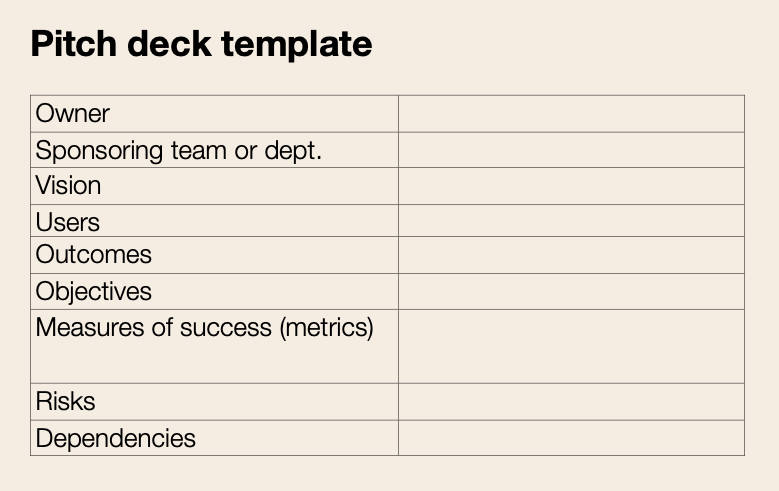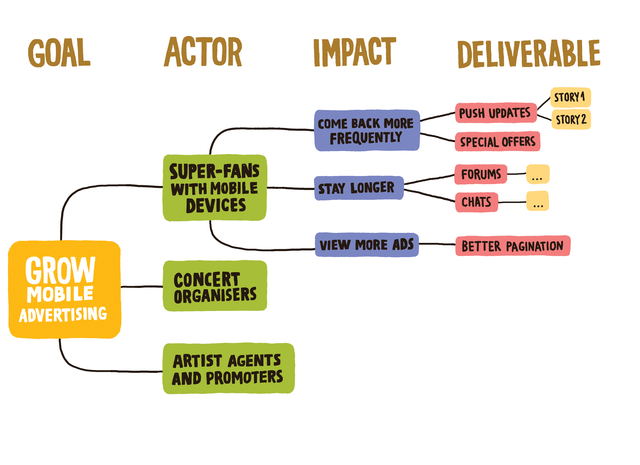The role of digital teams across government is to support and deliver products and services that help the organisation deliver value both internally and externally. However, these teams are usually limited by a fixed headcount, time or budget.
This forces us to think carefully about what problems projects are trying to solve and how they weigh up against other priorities.
A mature digital directorate would usually have 4 things as part of its governance:
- Front door process with clear routes to delivery
- End-to-end view of portfolio and teams
- Surface and use delivery metrics to support decisions
- Regular feedback loops with teams (support + assurance)
In this post, I want to talk in more detail about what happens at the first step, when new requests and opportunities come through the digital front door process.

Digital front door
Digital teams like ours work and plan differently from the rest of our organisation. Part of organisation transformation is moving digital further upstream in conversations and more central to decision-making. But before we could design a suitable lightweight governance process to support that shift long-term, we had to make it easier to handle the increasing number of new requests coming through our digital front door process.
I’m not talking about new opportunities, features or bugs to existing services. The route to delivery for these would of course be the established delivery teams through their Product Manager.
What do you do when someone comes to you with a new project idea or problem? Before the formal triage, scrutiny, prioritisation and approval process.
The default requirement is usually many meetings between the business stakeholders and various people from digital to do some upfront requirements gathering, with the output being an incredibly detailed business case or similar document.
This was our process as well, but over time we realised that the digital front door process should be different to the established traditional approach to starting new projects or programmes across the organisation and government.
We designed the process of the initial assessment to be as lean as possible to help us quickly achieve clarity about the ask and help us make decisions about trade-offs and prioritisation.
To make this work, we required something that was detailed enough to get an understanding of the problem domain and dependencies, but lightweight enough that it could be done by a small number of people over a couple of days.
There are two things we used to help do this quite quickly:
- Pitch deck
- Impact mapping
Working together
The vast majority of requests for digital were relatively small. We’re mostly talking about solutions delivered in weeks and months rather than spanning multiple years. Yes, on the odd occasion something big would land that needed to go down a more formal route, but remember this was just the initial stage so it didn’t justify a lot of detail.
I’ve also found when initial requests come in, the number of people involved is relatively small. This is important because while it’s still just an idea or problem statement, you can have conversations and workshops that can shape and influence things quite easily.
Once this idea becomes a formal thing, a project, or a programme with layers of stakeholders and governance, it’s much more time-consuming and difficult to change – Not impossible but certainly not as painless as would be now.
The key outcome was the collaboration between colleagues. Combining the delivery, technical and design expertise from Digital with the contextual and service expertise from colleagues in the business.
Note: We would rotate people from digital from time to time to give a fresh perspective
Pitch Deck
We realised it didn’t make any sense for our peers across the organisation to write heavy documentation or for us to read all of that, only to then need multiple meetings to get on the same page.
At this early stage, It’s all about iterating ideas quickly instead of building anticipation for the big reveal (in a detailed document)
The information we needed could fit on a single page.
Here’s the format we came up with:

Impact Mapping
Requests would come in varying degrees of detail. Often requests would have an ill-defined problem statement or miss key information about resources and constraints. In these situations, we would use a technique called Impact Mapping to help tease out some of this information.
Again, the goal here was to do this as quickly but efficiently as possible.
Impact mapping is an interactive, collaborative, visual technique that helps you develop a common understanding of the goals, users and outcomes. It can help explain how outputs connect to user needs, and communicate how user outcomes relate to higher level organisational goals
Teams can plan projects by focusing on the overall goals and quickly determine what needs to be done to achieve them. It helps prioritise work based on the impact it will have on the user or organisation.
Here is an example:

To learn more about this technique, I highly recommend the two great posts written by Mark about Impact Mapping and facilitating an Impact Mapping workshop.
Outcome
Following the adoption of this leaner approach, we experienced increased collaboration between digital and wider business colleagues. As a result, the quality of requests greatly improved and the lead time between an initial submission and being triaged and presented to the steering group was reduced significantly.
By introducing the Pitch Deck and Impact Mapping technique, we were able to quickly assess and compare requests in the backlog:
- Assess how important this request was to the organisation
- Is this in response to a new policy, legislation or ministerial directive
- Is this helping us meet our organisational priorities
- Will this improve the operational needs of the organisation
- Make an Initial product + technical assessment
- Define outcomes, users, measures of success
- How could we potentially deliver this
- How does this fit into our architectural estate

3 responses
[…] Digital front door: alternatives to a business case – lots to like on a lightweight process for handling new project requests. […]
[…] my last post about the digital front door process, I’m currently writing a longer post about how to establish a lightweight governance framework […]
[…] Digital front door […]